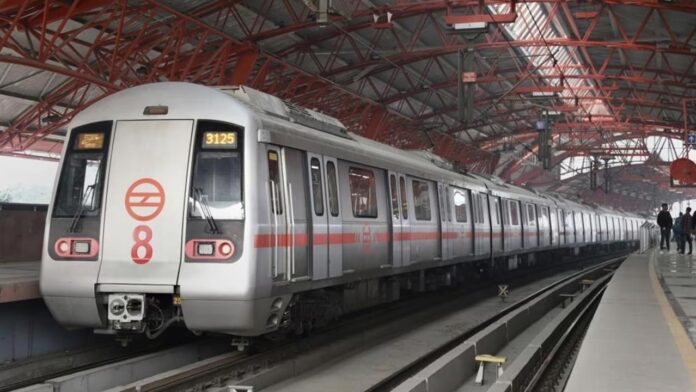
At the 16th Urban Mobility India (UMI) Conference cum Expo 2023, India’s Minister of Housing and Urban Affairs, Hardeep Singh Puri, announced a significant milestone. He highlighted that India’s metro rail network is on the verge of surpassing the USA’s, positioning itself as the world’s second-largest metro network. The pace of growth in India’s metro network has seen an unprecedented acceleration in recent years.
“In 2014, India had only 248 km of operational metro rail lines. Remarkably, in just nine years, we now have 895 km of metro lines operational in 20 different cities,” Minister Puri revealed.
This rapid expansion has brought comfort, stability, and security to the lives of Indian citizens. The minister proudly noted that the metro network boasts a daily ridership of around 1 crore, a number expected to surge with the introduction of last-mile connectivity solutions and other facilitating factors.
Minister Puri emphasized a significant shift in the government’s approach to urban transport issues since 2014. Urbanization, once seen as a challenge, is now regarded as an opportunity. India has embraced rapid urbanization and harnessed it for growth.
The minister also highlighted the importance of the Regional Rapid Transit System and Vande Bharat Trains in enhancing regional and inter-city connectivity. India’s railway-based rapid transit systems have undergone a substantial transformation.
The government’s commitment to overhauling urban transport and transitioning to eco-friendly transportation is evident through initiatives like FAME-I, FAME-II, and the PM-eBus Seva Scheme. The PM-eBus Seva scheme aims to strengthen city bus operations, particularly in cities lacking organized bus services. Furthermore, it plans to deploy 10,000 e-buses on a PPP model in 169 cities, offering support for associated infrastructure, bus depots, and behind-the-meter power infrastructure.
The scheme encompasses eco-friendly features such as bus priority infrastructure, multimodal interchange facilities, a National Common Mobility Card (NCMC)-based Automatic Fare Collection System (AFCS), charging infrastructure, and more, all falling under the Green Urban Mobility Initiatives (GUMI).
In line with the goal of sustainable urban transport, Minister Puri stressed not only the promotion of green mobility through e-vehicles but also the importance of biofuel blending and exploring clean energy alternatives such as biogas and green hydrogen.
India’s metro rail network’s remarkable growth and the nation’s commitment to sustainable and eco-friendly urban transport mark a significant step towards a more efficient and environmentally conscious future.








